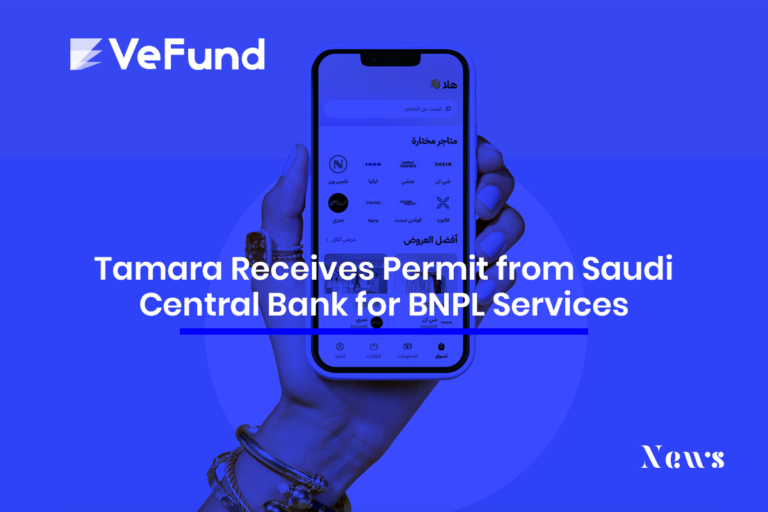Five Common Investor Rights in the Startup World
The investor rights agreement is an essential step in the fundraising process. It is negotiated both by the founders and investors based on their own preferences and needs.
The agreement is a vital step because it ensures both parties are on the same page, which reduces common and predictable conflicts significantly.
Here we will state and clarify XX of the common rights you should be aware of either as a founder or an investor.
1. Pro Rata Right
Pro Rata provides the investor the right, but not the obligation, to participate in future funding rounds.
With each financing round, earlier investors and founders get diluted and their ownership shrinks. Adding more money is their way to maintain the same ownership percentage.
Investors like to guarantee their pro rata right to keep their ownership percentage at the same level. This is especially true when they have so much hope in their investment.
Startups too may decide to reward helpful investors with pro-rata rights to ensure they stick around and stay motivated.
2. Anti-Dilution Protection
If the startup faces a down-round, which is raising funds on a lower valuation, earlier owners will face more dilution than with raising on a higher valuation. This is because new investors will be providing cash at a lower share price, allowing them to purchase and own more of the company.
Anti-dilution protection is given to preferred shareholders for this very scenario. This protection won’t be triggered unless the startup agrees to a down-round.
In a nutshell, anti-dilution protection allows investors to convert preferred shares at either the lower share price, called full ratchet, or at a weighted average of the share price. This approach prevents the investors from losing too much ownership and losing only almost the normal dilution from the fundraising.
3. Drag Along and Tag Along Rights
Drag along right provides shareholders with the right to compel minority shareholders to participate in the company’s sale if the majority of the shareholders agree to sell.
Drag-along rights are useful when the acquirer company wants 100% of the target startup and the majority agrees. If the minority is holding back the sale, drag-along rights can be triggered.
A less forceful form is the Tag Along right. It provides the minority the right, not the obligation, to participate in the company’s sale.
4. Right of First Refusal (ROFR)
The right of first refusal provides its holder the right, but not the obligation, to buy shares from existing shareholders before they can be sold to an external party. ROFR can be held both by the investors and the company.
Its holder typically triggers it if they want to control who has ownership in the company or to increase their ownership.
5. Liquidation Preference
Liquidation preference determines the order of who gets paid first if the company is sold or liquidated at a lower valuation.
In this scenario, there is not enough cash for everyone. This is why it’s one of the critical points of negotiation. Whoever holds a liquidation preference gets paid in full before common shareholders.
Final Thoughts
No matter how tedious the term sheet and investor rights may seem, and no matter how long the negotiation and process take, it will still pay off to get everything right. Conflicts that can seem unrealistic or far in the future can be the reason for a doomed startup exit.
Understand the rights and term sheet, consult lawyers, negotiate, and hope for the best.







